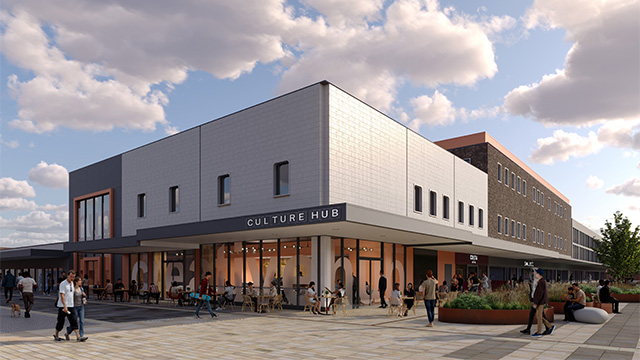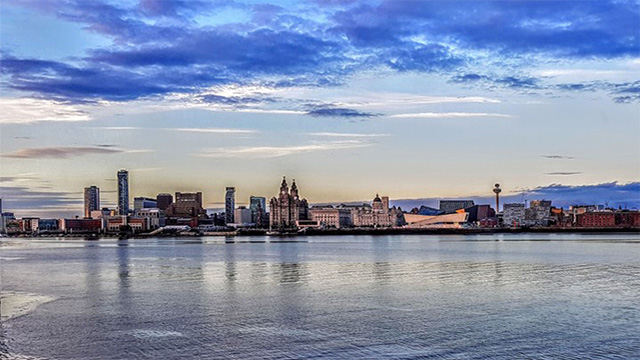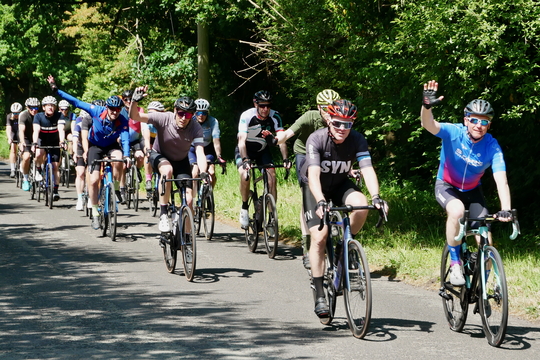Hotel House, in the Italian seaside town of Porto Recanati, was once a symbol of success and upon its launch in 1968 the luxury apartments were snapped up.
But in the recession of the late 80s values crashed, properties were abandoned or repossessed, and the tower slid into dereliction.
Washing machines and litter are now piled high on every dark landing, and drug dealers have moved in. This spring it became the scene of an unsolved murder.
Through a lack of ownership and maintenance it is now a visceral illustration of how the structural squalor can go hand-in-hand with social rot, and it is not alone.
Decaying buildings serve as a reminder that neglecting a property is tantamount to neglecting people. The athletes’ village in Turin, Italy – built for the 2006 Winter Olympics – is now home to a squatting community of refugees.
“This is the broken window theory,” says Adam Challis of JLL. “Where a visible sign of antisocial behaviour breeds more crime. It shows that even world-class architecture can live or die based on its management.”
However, building safer spaces to protect cities and its residents from crime is not simply about taking responsibility for standalone structures, but learning from the mistakes of the past and forward thinking when planning for the future.
Put the post-war estate in the past
Tower Hamlets’ Robin Hood Gardens is being demolished. The two imposing slab structures were built in 1971 to house 1,200 council tenants.
However, long before it was flattened, this sink estate came to represent the classic errors of post-war housing estates.
It sat next to the Blackwall Tunnel and in the middle of three busy roads, designed to be a peaceful haven away from traffic. In reality, this reduced much-needed bustle and gave quick access away from the site by car in several directions.
The elevated concrete walkways were conceived to be “sky streets”, encouraging sociability, but in fact acted as dark passages under no ownership, and the lifts were quickly defaced.
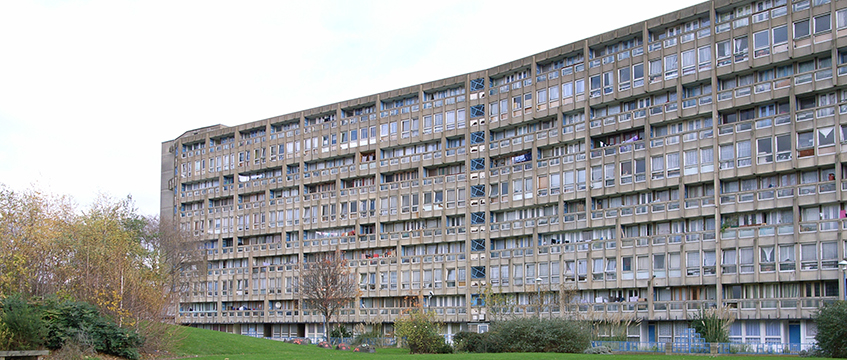
Robin Hood Gardens acquired a reputation as a troubled estate and in 2008 the local council voted to have it torn down – rejecting calls from some of the architectural community for it to be preserved as an important Brutalist structure.
The 214 flats are now being replaced by 1,575 homes, to be called Blackwall Reach.
“Robin Hood Gardens was part of a post-war era when high density housing was chucked up after London was bombed, and the sky walkways were felt to be very unfriendly,” says David Phillips of BNP Paribas Real Estate.
He also cites cul-de-sacs, dead-ends and public space with no real ownership as planning flaws that foster crime.
The mistakes of the post-war era were not just to do with design but also utilisation, explains architect Gorana Shepherd of Pilbrow & Partners.
Typically, residential blocks were built without other hubs of activity. “There is a feeling of safety if a variety of people are out and about at different times of the day, coming to the site for different reasons,” she says.
Equally, the edge-of-town 90s business park is also now considered an antisocial space, unoccupied after the working day finishes.
How to design out crime
There are accepted masterplanning philosophies that are in stark opposition to post-war planning on display at Barking Riverside – the 11,000-home scheme that will transform a two-kilometre Thameside stretch of former industrial land.
Built out from two old power stations, it is one of the most ambitious regeneration projects in Europe.
Large modern-day schemes tend to be mixed-use, with retail, leisure, hospitality and residential buildings co-existing in an interlocking, multi-functional complex.
This brings different people to the space throughout the day, creating a buzz but also passive surveillance. Residential windows overlook public spaces, so no corner is shrouded in shadow.
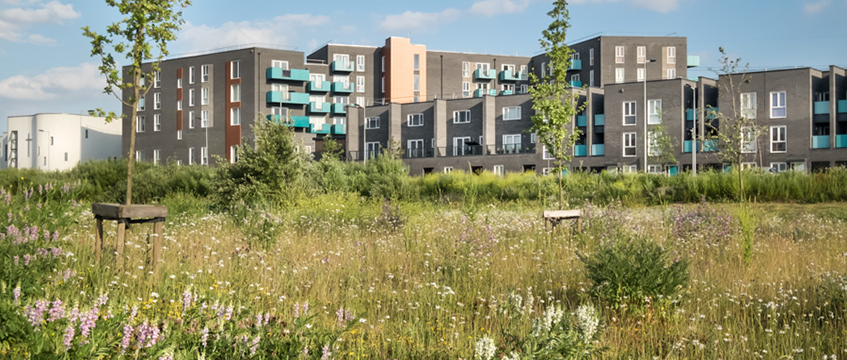
In both phase one (already sold) and phase two of Barking Riverside, modern-day Victorian squares are being created. The architects are also trying to build a sense of ownership and pride.
“We involved the local residents in designing the public space and parkland on the site,” says New London Architects’ Matthew Carpen. “This means they are more likely to monitor the treatment of their environment and actively discourage antisocial behaviour.”
As well as open green space, balconies and roof terraces are also essential when delivering high density districts to stop tower blocks overshadowing the surrounding area, adds Savills’ head of urban design, Peter Frankum.
“Quality of materials used and a mixture of hard and soft landscaping all have a positive psychological impact,” he argues. “While digital technology also supports the protection of the physical space, with online community forums and Facebook pages helping locals patrol their own patch.”
Seeing London as one space
These design strategies are reflected in planning guidelines set out by the London mayor’s office.
“Design should encourage a level of human activity that is appropriate to the location, incorporating a mix of uses where appropriate, to maximize activity throughout the day and night, creating a reduced risk of crime and a sense of safety at all times,” it reads, and “places should be designed to promote an appropriate sense of ownership of communal spaces.”
Tips for good design
■ Build through-roads which encourage different forms of traffic side-by-side – cars, people, cyclists – to create buzz at all times
■ Develop mixed-use schemes that bring different people to an area at different points of the day
■ Ensure residential windows look over open space
■ Create a sense of public ownership and pride in our new residential schemes and surrounding areas
■ Don’t treat one scheme in isolation, but the city as a whole connecting different districts
In a city like London, where multiple regeneration projects are underway at the same time in close proximity, the mayor, local government and developers must act as one collaborative unit and consider the untouched space in between each shiny new scheme.
“Of course you cannot totally design out crime,” says Shepherd. Major thoroughfares need to be created to stop people relying on narrow back streets, especially at night.
This is particularly applicable to quiet canal paths. “It’s about creating alternative options off the tow paths and opening them up,” he adds.
Safety and the night-time economy
Link roads and safe passage home has become even more important, given the emphasis on the night-time economy by leading global cities, including London.
The night tube, which began running two years ago, generated £200m for London’s economy last year, according to campaign group London First and accountants EY. Mayor Sadiq Khan said: “It has been an even bigger success than predicted.”
Sydney has been committed to harnessing after-dark trade since 2013. “The city council wanted to diversify the night-time economy away from the monoculture of young drinking,” says Savills’ planning expert Danny Collins.
“It wanted to follow the Continental model of families having dinner later, going on to coffee shops and ice cream parlours, and a greater focus on experiences such as exhibitions.”
To curb alcohol-fuelled violence you have to tackle the flashpoints, Collins explains. He cites queues for limited taxis or food after kicking-out time as inflammatory situations.
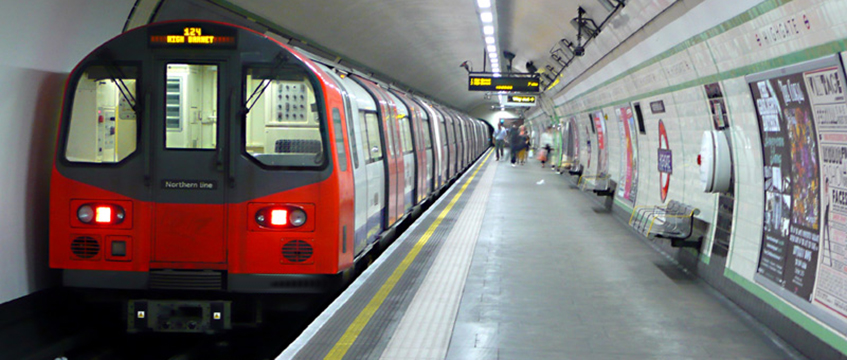
Event planning is key. Studies prove that consumers drink more slowly if they are entertained by live music, for example, yet the venue is still full. “People drink a lot less if they are focused on entertainment that they have already paid to see, there’s a more relaxed and friendly atmosphere as everyone feels a part of something special. For the venue it adds more value then just up-selling booze,” he says.
Illumination festivals also take place in the Australian city, when landmarks such as the Sydney Opera House and Darling Harbour are lit up as part of an art and music event. “The key point here is it’s free and inclusive,” Collins adds.
By 2030 Sydney leaders hope the night-time economy will be transformed from a focus on younger people and drinking to 40% of people being over 40, and that 40% of businesses operating at night will be shops. The financial ambition is to double the night-time turnover to A$30bn (£17bn) and increase night-time employment by 25% to 100,000 jobs.
Individual developments in London are clearly suit. Battersea Power Station is the obvious example, with a packed events calendar bringing entertainment to local people in a safe, well-lit, monitored environment.
But this raises another issue, claims JLL’s Challis: the level of surveillance and security of what seems to be public land but is really privately owned – such as the Canary Wharf estate.
“How comfortable we are with being continually monitored in the name of safety?” he asks.









